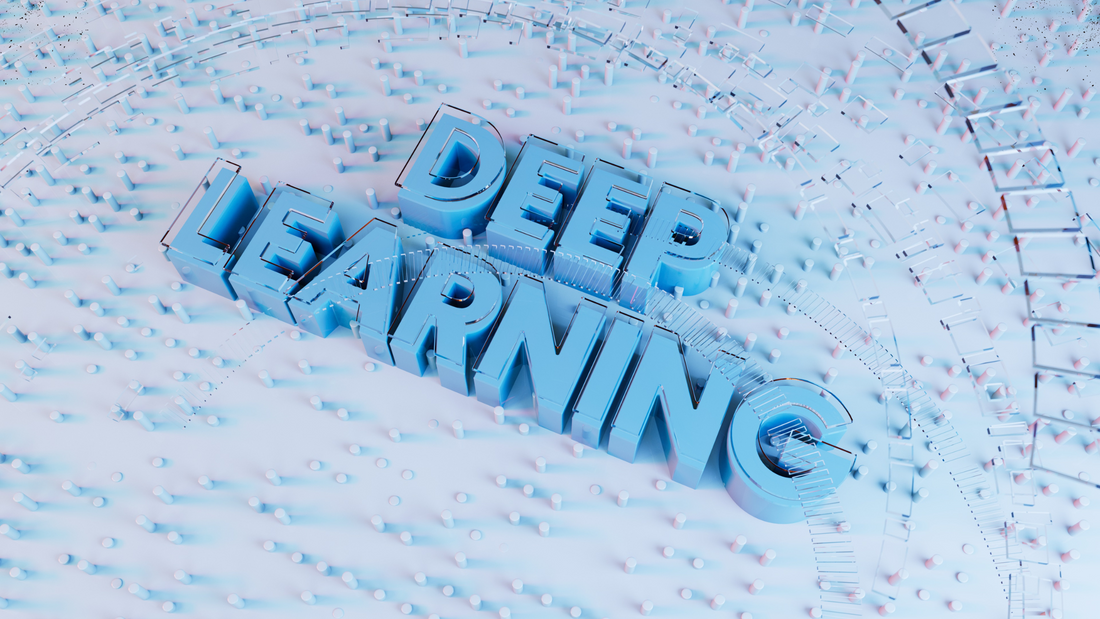
From ANN to Transformers: Understanding Modern Deep Learning Architectures
Share
Ever wondered how artificial intelligence became so advanced, so fast? Well, it all boils down to the evolution of deep learning architectures. From humble beginnings with Artificial Neural Networks (ANNs) to today’s mighty Transformers powering tools like ChatGPT and Google Bard—this blog walks you through it all.
The Journey of Deep Learning: A Quick Glimpse
Deep learning has come a long, exciting way since the early days of ANNs. If we rewind the clock, neural networks were once limited in depth and capability. Fast forward to today, and we have massive models like GPT-4 and Google’s Gemini, thanks to architectural breakthroughs.
This post will walk you through key architectures in deep learning, what they do, and why you should care—especially if you're considering a deep learning architecture course or looking to dive into AI certification courses in 2025.
What are Deep Learning Architectures Anyway?
Before diving in, let’s get this straight—deep learning architectures are essentially the blueprint of how an AI model is structured. They determine how data flows through the model, how patterns are learned, and how predictions are made.
From image recognition to natural language processing (NLP), the architecture behind the model can make or break your AI solution.
Key Deep Learning Architectures: Explained Simply
1. Artificial Neural Networks (ANNs)
-
Use Case: Basic prediction models, simple classification
-
Why It Matters: The OG of deep learning. These laid the foundation for all the advanced architectures we have today.
-
Course tie-in: Learn ANN basics in any entry-level architecture for machine learning course.
2. Convolutional Neural Networks (CNNs)
-
Use Case: Image classification, object detection, facial recognition
-
Key Feature: Uses filters to extract features from images.
-
Fun Fact: Powering self-driving cars and Instagram filters.
-
Certification tie-in: Often covered in machine learning with Python courses and AI certification courses.
3. Recurrent Neural Networks (RNNs) & LSTMs
-
Use Case: Time-series forecasting, speech recognition, language modeling
-
Key Feature: Loops over sequences, learns from past inputs.
-
LSTM Bonus: Solves the “vanishing gradient” problem in traditional RNNs.
-
Great For: Understanding supervised learning models with sequence data.
4. Generative Adversarial Networks (GANs)
-
Use Case: Deepfake creation, art generation, synthetic data
-
Structure: Two models—a generator and a discriminator—duel it out.
-
Coolness Factor: GANs can generate hyper-realistic images from scratch.
-
Learning Path: Often taught in generative AI courses and self-supervised learning courses.
5. Transformers (The Big League!)
-
Use Case: NLP, translation, code generation, and now even image generation
-
Key Concept: “Attention is all you need” – they focus on the most relevant parts of input data.
-
Powers: ChatGPT, Google Bard, DALL·E, and more
-
Where to Learn: Advanced deep learning architecture courses, Google Generative AI Certification, and LangChain certification programs
Real-World Applications of Modern Architectures
Here’s where things get exciting. These aren’t just academic concepts—they power real tools you probably use daily:
-
Google Search: Uses BERT (a type of Transformer)
-
Instagram Reels Suggestions: CNNs + RNNs
-
Netflix Recommendations: Deep learning + Reinforcement Learning
-
Amazon Alexa/Siri: RNNs and Transformers
-
ChatGPT: Transformer-based architecture (GPT series)
Want to build or fine-tune tools like these? You’ll need skills in deep reinforcement learning, LangChain machine learning, or platforms like AWS Bedrock OpenAI.
What Should You Learn Next?
If you’re serious about a career in AI or ML, understanding these architectures isn’t optional—it’s essential. The good news? You don’t need a Ph.D. to get started.
Here’s a roadmap:
🎓 Top Courses & Certifications to Get You There:
-
Deep Learning Architecture Course – Learn CNNs, RNNs, and Transformers
-
Google Generative AI Certification – Focus on real-world transformer applications
-
LangChain Certification – Explore Transformers in dynamic workflows
-
Deep Reinforcement Learning Course – Apply deep learning in real-time environments
-
Microsoft Azure OpenAI Certification / AWS Bedrock OpenAI – For those eyeing the cloud-AI combo
Why This Matters for Your Career
Companies in finance, healthcare, robotics, e-commerce, and gaming are racing to hire people who get this stuff. Whether you're eyeing a job as an AI Engineer, Data Scientist, ML Researcher, or even a Product Manager, these architectures are your toolkit.
Taking a machine learning certification course doesn’t just boost your resume—it signals that you're ready to build, experiment, and deploy real-world AI systems.
🔍 FAQ: Quick Answers to Big Questions
What’s the most powerful deep learning architecture today?
Transformers—hands down. They’re flexible, scalable, and behind most cutting-edge AI tools.
Do I need to know all these architectures?
Not all, but knowing the major ones (ANNs, CNNs, RNNs, Transformers) gives you a strong foundation.
Where can I start learning?
Trainomart offers curated AI Certification Courses and deep learning architecture courses taught by Expert IT Trainers.
What’s the difference between supervised and self-supervised models?
Supervised models need labeled data. Self-supervised models learn from unlabeled data using clever tricks—making them perfect for massive data environments.
Wrapping It Up: Why This Evolution Matters
From the early ANN days to today’s colossal Transformers, deep learning architecture has reshaped what machines can do. Understanding this journey helps you:
-
Build better models
-
Choose the right tools
-
Get certified in what matters
-
Stay ahead in your AI career
Trainomart is your one-stop platform for mastering these technologies with global IT training solutions tailored for real-world success.
📢 Ready to Build the Next Big Thing in AI?
Start with a course that breaks down these concepts in a hands-on, beginner-friendly way. Browse Trainomart’s Deep Learning Courses today and take your next step in AI mastery.
